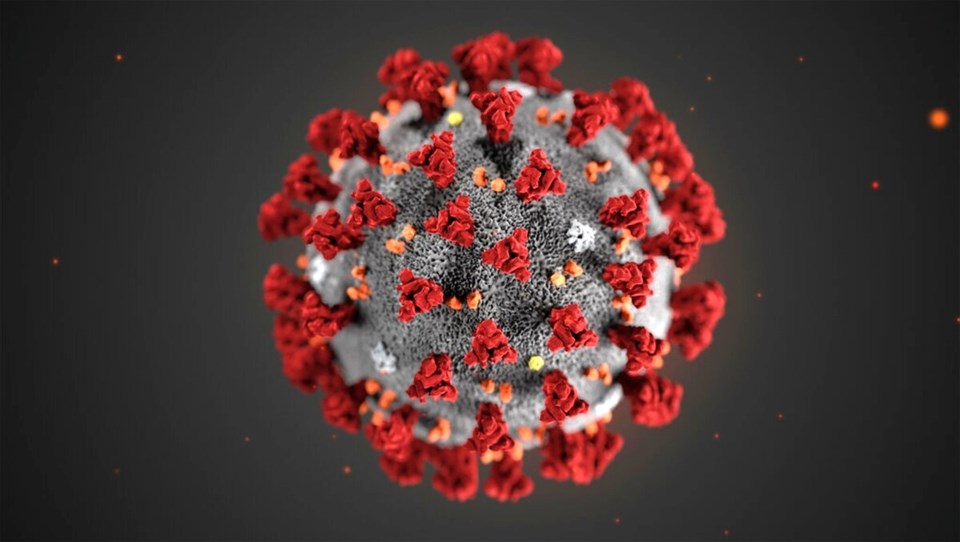November ended as it had gone for Northern Manitoba and the province in general since the 11th month of the year began when it comes to COVID-19. Not very well.
On the final day of the month, the provincial government announced 46 new positive tests for the virus, pushing the total for the whole pandemic period to 1,018, close to 800 of which occurred within the last 30 days. The day before that, a COVID-19 outbreak was declared at the acute-care unit of The Pas Hospital. Last week, outbreaks were declared at two personal care homes in Flin Flon. The sixth and seventh northerners to did from the virus did so last week. The eighth death of a northern resident was announced Dec. 3. The military had to be called in to help with an outbreak at a personal care home in Opaskwayak Cree Nation, where all residents were infected. Thankfully, they have all been declared recovered now.
Nearly 250 Manitobans died from COVID-19 in November. Sure, many of them were old, but they would likely still be alive if residents of the province and its governments had not allowed the virus to spread so rapidly. It isn’t any less tragic when someone dies before their time, even if they have been around longer than most of us.
A thousand cases of COVID-19 may not seem like a lot but it is when you consider the relative population of Northern Manitoba. About six per cent of all COVID-19 cases in the province since the pandemic began last spring have occurred in the north, but less than five per cent of the province’s residents live here. Fortunately, only about two per cent of all the province’s COVID-related deaths so far have been among northern residents, but all of them have occurred since Nov. 5. When it comes to the rate of COVID-19 infections per 100,000 people, out of Manitoba’s five health regions, the Northern Regional Health Authority is second worst, with between 1,000 and 1,500 cases per 100,000 residents, according to provincial government date online. The only region with a higher rate is the southern health region, where it is above 1,500 per 100,000 people. Even Winnipeg, where most COVID-19 cases and deaths have occurred, has a lower per capita rate than the north.
A lot of people blame the rise in northern COVID-19 cases on travellers, as if the ban on non-essential travel into the province’s north was every meaningfully enforced, but the number of cases didn’t start going up until October and November. Although people do come to the region for work and places that rely on a workforce of people largely from outside the region, like Manitoba Hydro’s Keeyask generating station, have had outbreaks, about half of all COVID-19 cases in the province now are not linked to any known source of infection. Quite truthfully, not that many people aside from contractors and other workers are going to be coming into Northern Manitoba at this time of year so the rise in cases is likely due to northerners infecting northerners. It is the most probable cause, especially when you consider that many of the region’s residents either have to go to Winnipeg at some point for medical treatment or have chosen to go there for other reasons while the pandemic has been ongoing.
All of the north is not affected the same by the pandemic. In The Pas and OCN, there have been more than 350 cases. A little more than an hour up the road, the health district that includes Flin Flon has had less than 30. While The Pas/OCN, Cross Lake and Moose Lake have been the hardest-hit places in the north, there were six health districts with at least 30 active cases of the virus as of Nov. 30, including Thompson as well as the Shamattawa/Tataskweyak/York Factory/Split Lake health district, where there are now 54 and more that haven't yet been laboratory-confirmed. The more the virus spreads, the harder it is to avoid it and the faster the rate of infection increases, the more effort it’s going to take to bend it down and flatten the curve.
Hope may be on the horizon in the form of vaccines, which could be administered to people in Canada beginning early next year. But in the short term there won’t be enough doses to achieve worldwide herd immunity levels of 70 per cent or so.
At this point, it probably isn’t necessary or useful to mention the ways that people can lower their risk of contracting COVID-19. Anyone who hasn’t learned those lessons by now isn’t likely to be swayed by one more sentence about physical distancing and washing your hands. And to the region’s credit, it hasn’t been the site of a tremendous amount of anti-mask backlash or public health order rule-breaking, though numerous individuals and at least one business have been fined for not abiding by pandemic-related restrictions. It has become cliche by this point to observe that everyone is in this together, but that doesn’t change the fact that only a collective effort can change the trajectory of this pandemic. And if you do enough to at least avoid being part of the problem, then you will be part of the solution.




